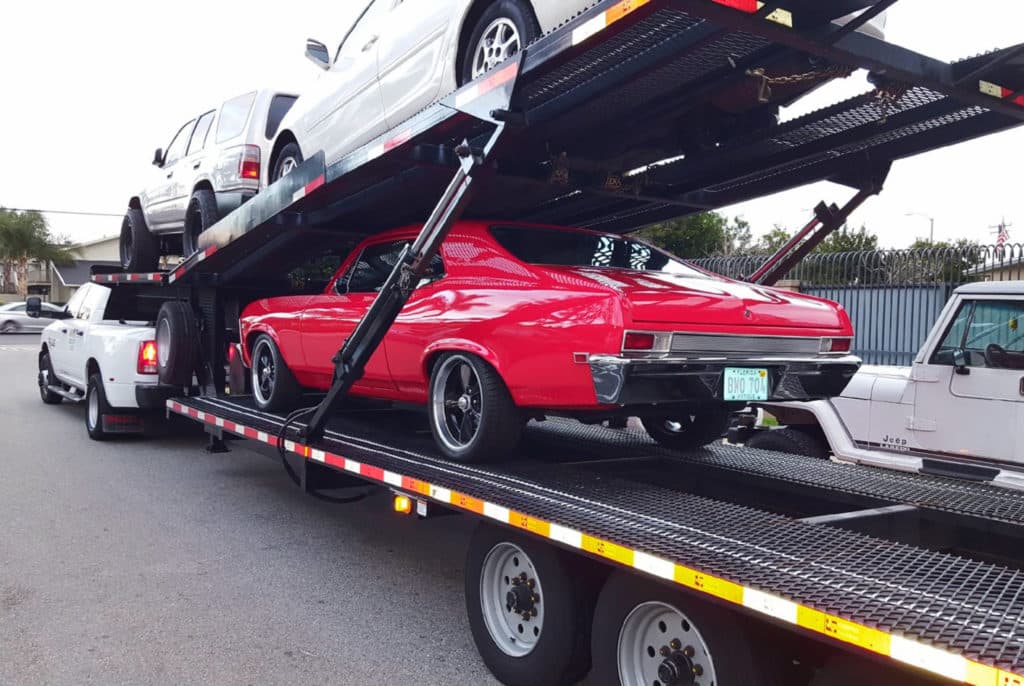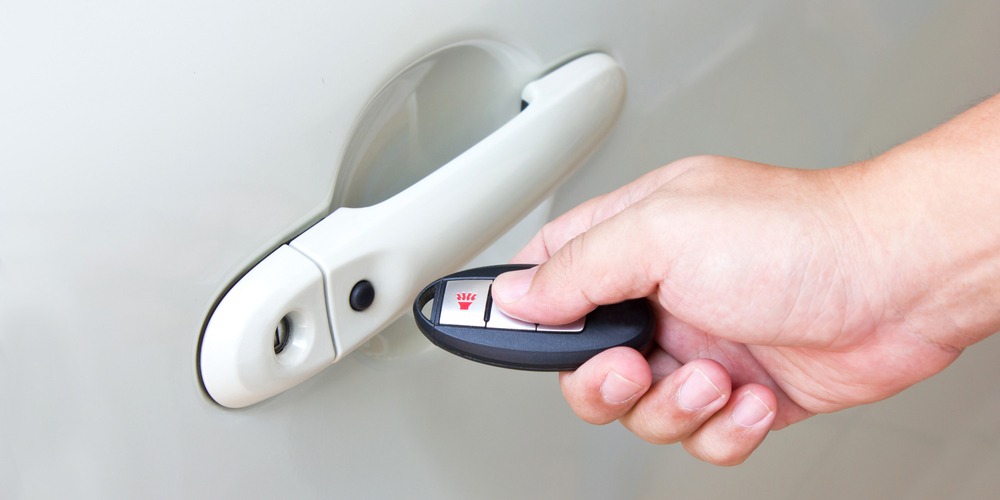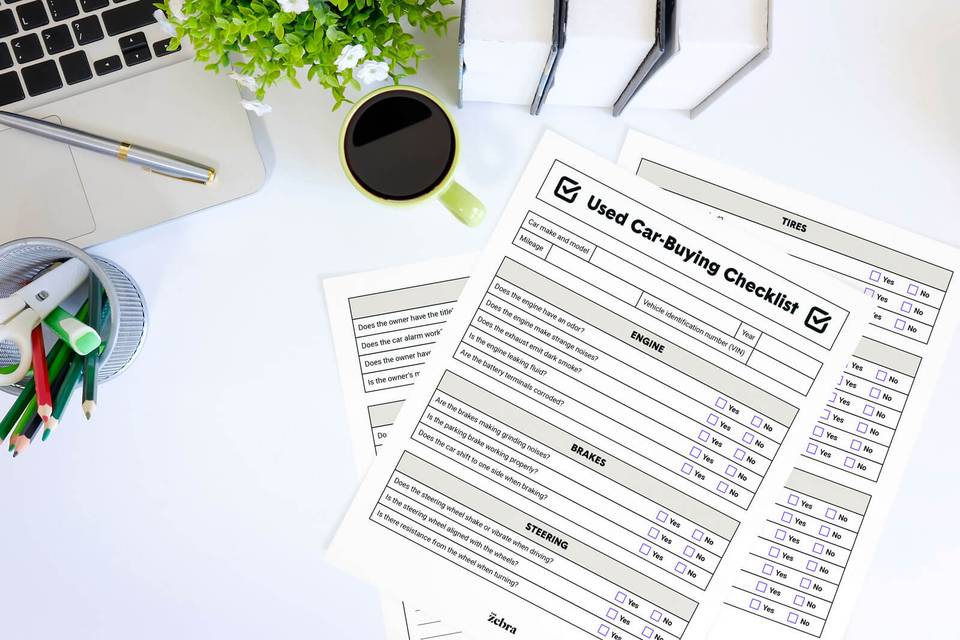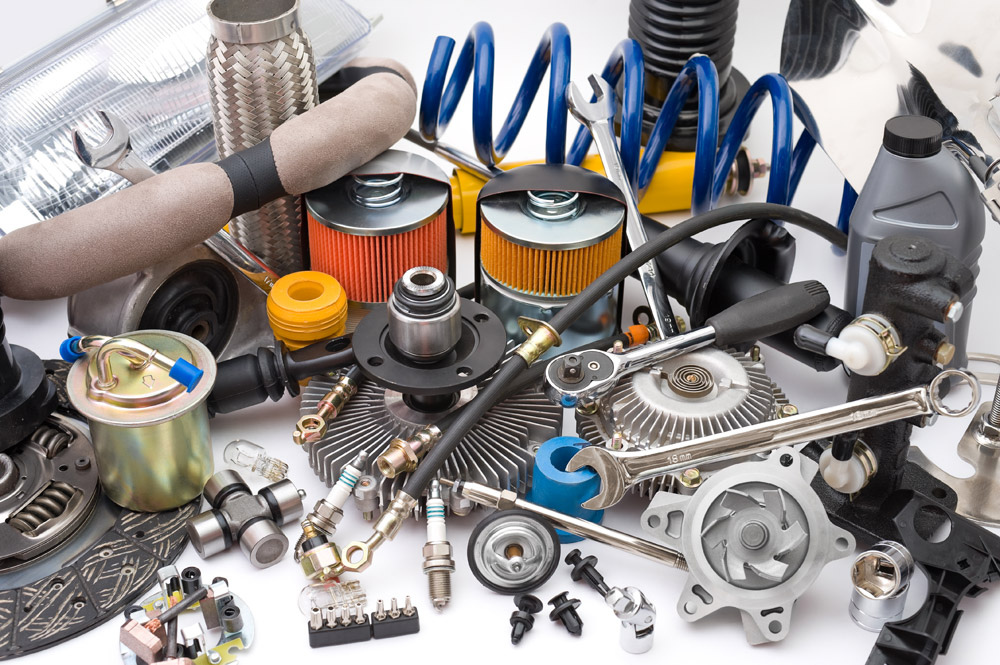Are you planning to ship your car across the country? Or maybe even overseas? Auto transport can be a daunting task, but fear not! We’ve gathered expert tips and insider knowledge on the dos and don’ts of car shipping. From choosing the right transporter to preparing your vehicle for transport, we’ve got you covered. So sit back, relax, and let us guide you through a successful car shipping journey!
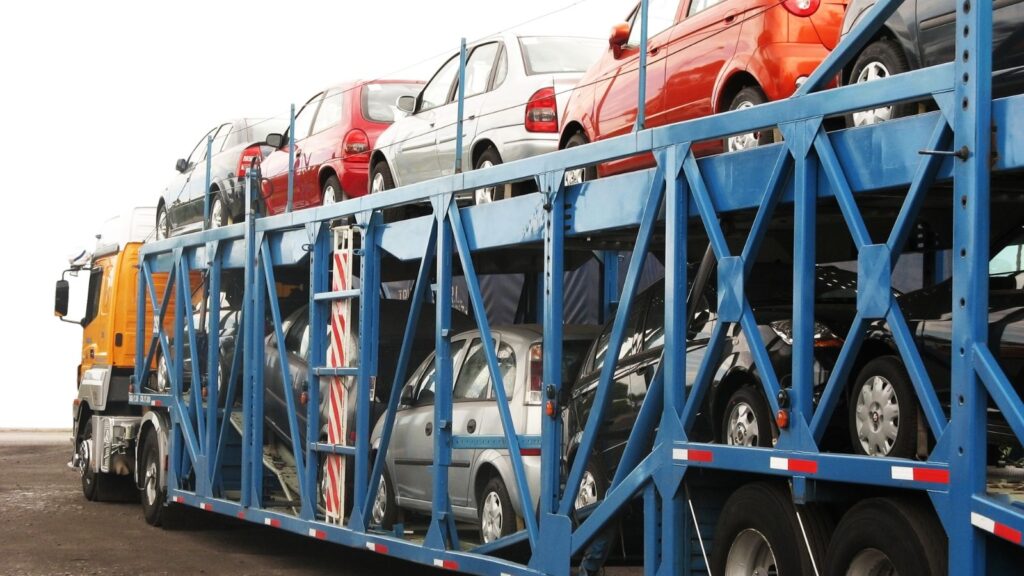
Researching Auto Transport Companies
Finding a reliable and trustworthy auto transport company is crucial to ensuring a successful car shipping journey. To begin your research, start by checking online reviews and ratings of different car shipping quotes. This will give you valuable insights into their reputation and reliability. Look for companies with a good track record of delivering vehicles safely and on time. Pay attention to any recurring complaints or red flags that may indicate potential issues.
Reach out to friends, family, or colleagues who may have used auto transport services in the past. Personal recommendations can provide you with firsthand experiences and valuable insights. Ask about their overall satisfaction with the company, the professionalism of the staff, and the condition of their vehicle upon delivery.
Once you have gathered a list of potential companies, take the time to research their credentials. Check if they are registered with the Department of Transportation (DOT) and have a valid Motor Carrier (MC) number. These certifications indicate that the company is operating legally and meets certain safety and quality standards. You can verify this information by searching for the company on the Federal Motor Carrier Safety Administration (FMCSA) website.

Preparing Your Vehicle for Shipping
Properly preparing your vehicle for shipping is essential to ensure its safety during transit. Start by thoroughly cleaning both the interior and exterior of your car. This will allow you to document its condition accurately and identify any existing damages. Take detailed photographs of your vehicle from different angles, making sure to capture any scratches, dents, or other imperfections. These photographs will serve as evidence in case of any disputes regarding the condition of your vehicle upon delivery.
Remove all personal belongings from your car before shipping. Companies typically have restrictions on what can be left inside the vehicle during transit, and personal items may not be covered by insurance in case of loss or damage. Clear out any valuables, loose items, or aftermarket accessories to avoid any potential issues or damages during transportation.
Before handing over your vehicle to the auto transport company, ensure that it is in good working condition. Check for any fluid leaks, mechanical issues, or tire problems that could cause complications during transit. If you identify any issues, it’s advisable to have them addressed by a qualified mechanic before shipping. Ensuring that your vehicle is in optimal condition will reduce the risk of any unexpected problems during transportation.
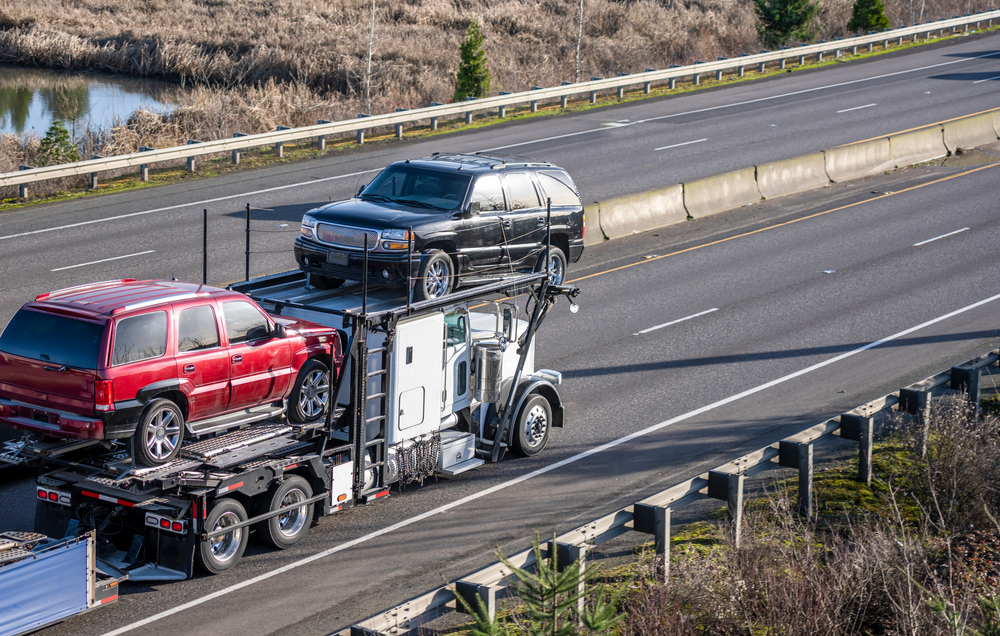
Choosing the Right Method
When it comes to choosing the right transport method for your vehicle, there are two main options: open and enclosed transport. Each method has its own advantages and considerations, so it’s important to choose the one that best suits your needs and budget.
Open transport is the most common and cost-effective method of car shipping. In this method, your vehicle will be loaded onto an open trailer along with other cars. While open transport exposes your vehicle to potential road debris and weather conditions, it is a safe and reliable option for most vehicles. It is particularly suitable for standard sedans, SUVs, and trucks.
Enclosed transport, on the other hand, provides added protection by shipping your vehicle in an enclosed trailer. This method shields your car from potential hazards such as road debris, dust, and harsh weather conditions. This method is highly recommended for luxury or classic cars, as well as vehicles with a higher value or sentimental significance.

Understanding Insurance Coverage
Proper insurance coverage is crucial to protect your vehicle during transportation. While reputable auto transport companies carry insurance, it’s important to understand the extent of their coverage and whether it adequately protects your vehicle.
Request a copy of the company’s insurance certificate and carefully review the terms and conditions. Pay attention to the coverage limits, deductibles, and exclusions. Ensure that the insurance coverage is sufficient to cover the value of your vehicle in case of damage or loss during transit.
Additionally, check with your own auto insurance provider to see if they offer any coverage during vehicle transportation. Some insurance policies may extend coverage to include car shipping, providing an extra layer of protection. Review your policy or contact your insurance agent to understand the specifics of your coverage and determine if any additional insurance is necessary.

Communicating with the Auto Transport Company
Before the shipping process begins, establish a point of contact with the company. This can be a customer service representative or a designated contact person. Make sure to exchange all the relevant contact information, including phone numbers and email addresses.
Clarify the pickup and delivery timeframes with the auto transport company. Understand that while they strive to deliver vehicles within the estimated timeframe, delays can occur due to unforeseen circumstances such as traffic or weather conditions. Stay patient and maintain open communication to stay informed about any changes or updates.
During the transit, if you have any questions or concerns, don’t hesitate to reach out to the company. They are there to assist you and provide updates on the progress of your shipment. Timely communication can help address any potential issues or resolve any misunderstandings.
Being proactive in your communication and staying engaged with the auto transport company will contribute to a smooth and stress-free car shipping experience.

Being Aware of Delivery Timeframes
It’s important to have realistic expectations regarding the delivery timeframes when shipping your vehicle. While auto transport companies strive to provide accurate estimates, it’s essential to be aware that unforeseen circumstances can cause delays.
Factors such as weather conditions, traffic congestion, or mechanical issues can impact the estimated delivery time. Understand that these delays are often beyond the control of the auto transport company and may arise unexpectedly.
To manage your expectations, it’s advisable to maintain open communication with the company throughout the transit. Stay updated on the progress of your shipment and inquire about any delays or changes in the delivery schedule. By staying informed, you can adjust your plans accordingly and avoid unnecessary stress.
Keep in mind that the safety of your vehicle is the priority, and any delays are usually in place to ensure a secure and efficient transportation process. Patience and flexibility will go a long way in ensuring a successful car shipping journey.
Conclusion
Whether you’re shipping your car overseas or just across the country, it pays to be informed. We hope this article has given you a better understanding of some of the do’s and don’ts when it comes to auto transport. By keeping these tips in mind, you can ensure that your vehicle will arrive safely and on time. With their help, you should have no trouble finding reliable auto transport services for your next move.

